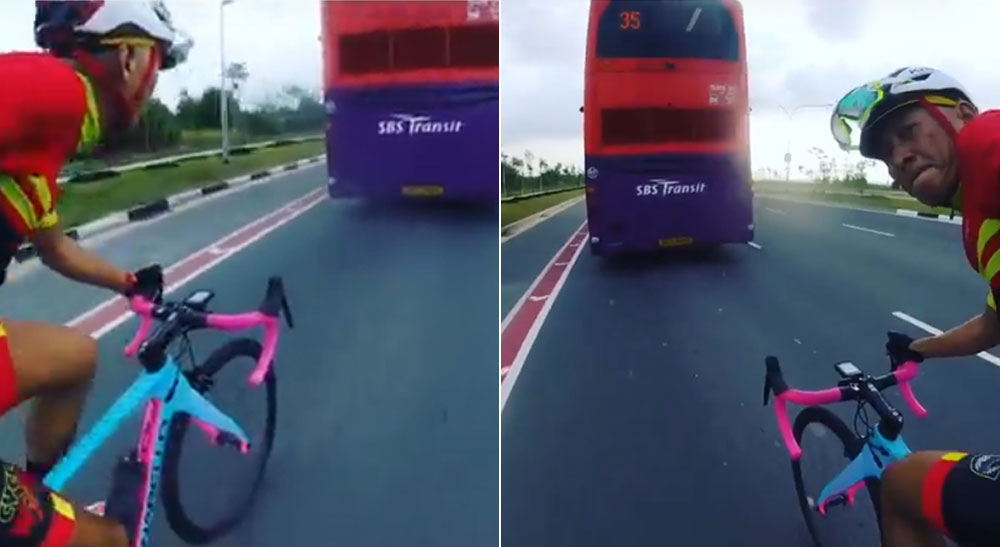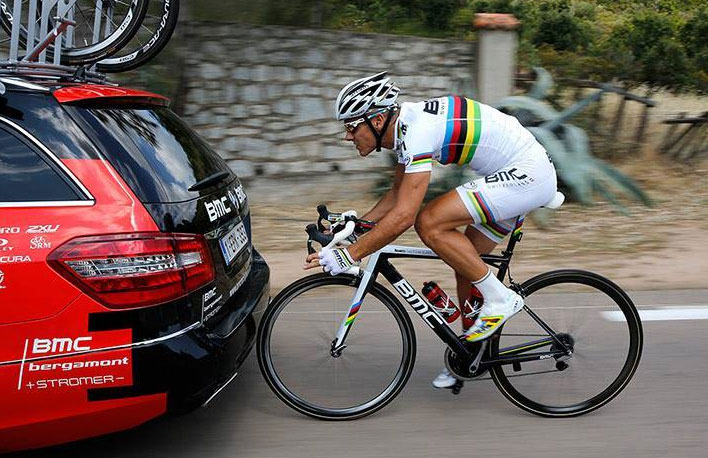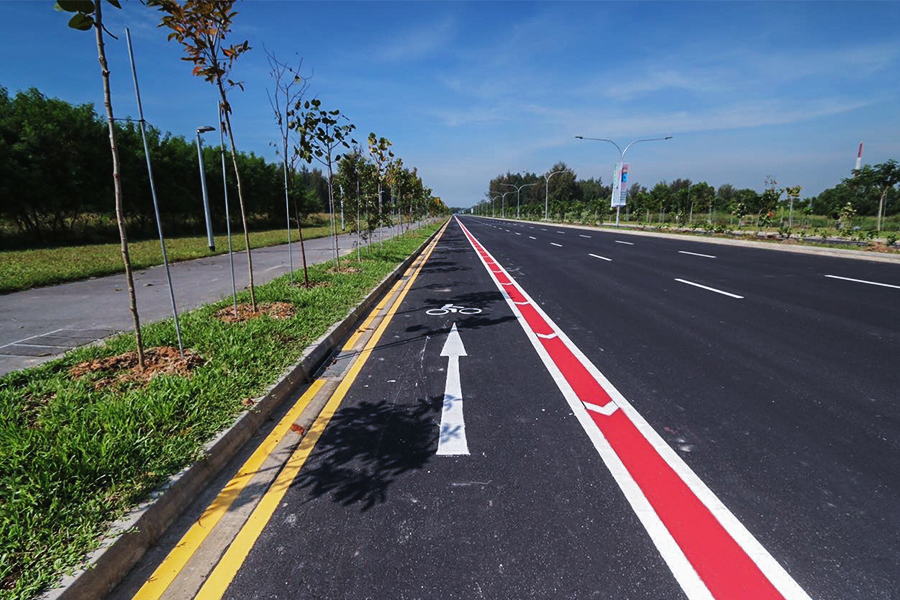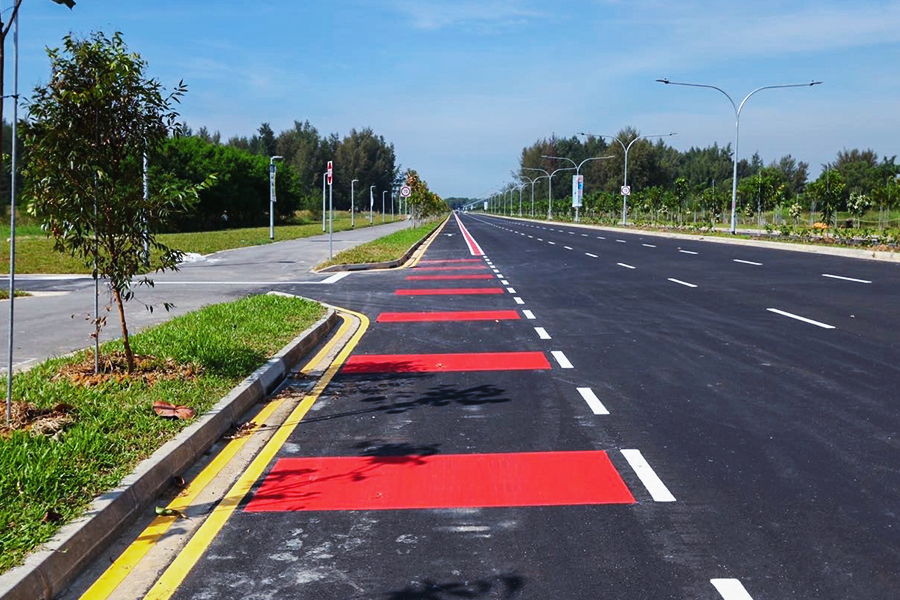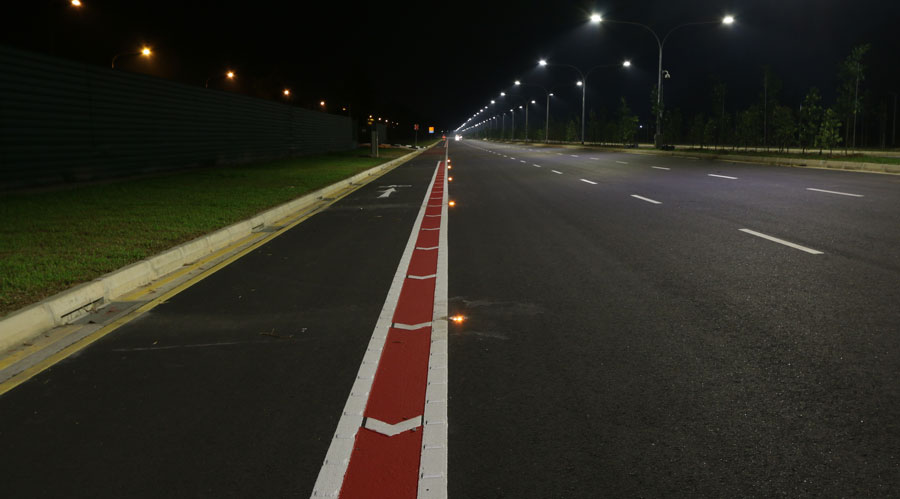To demonstrate the concept of drafting, a cyclist in Singapore tried it out behind a double-decker SBS Transit bus service 35:
What is drafting
Drafting is about travelling behind a moving object -- typically a fellow cyclist, or in some cases, a vehicle -- and benefiting from the momentum and reduced wind resistance.
By tucking in close behind another a rider or vehicle, the cyclist expends less energy.
Cyclists in a team use this technique to share the load for greater efficiency during competitions.
Cyclists who are drafting are doing it in coordination.
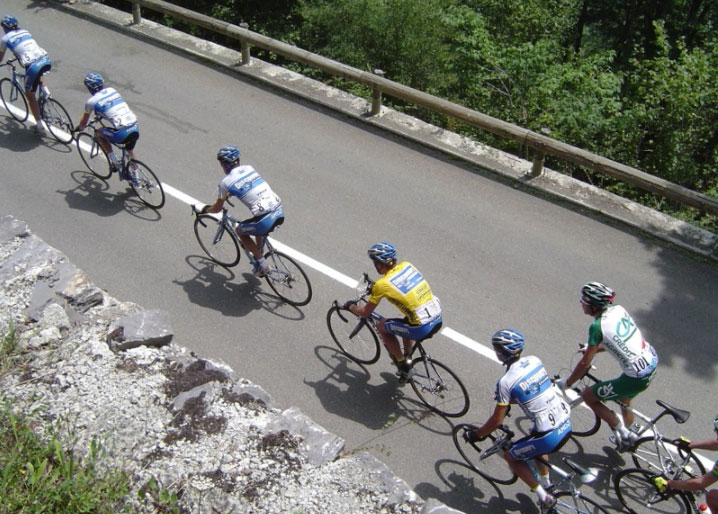
Where in Singapore?
The bus in the video is SBS service 35.
It plies Tanah Merah Coast Road, which has a new on-road cycling lane that spans about 10km.
From the video, the dedicated 2m wide bicycle lane can be seen on the left.
It can cater to two cyclists riding abreast.
The bicycle lane is marked out in both directions on the road. It opened to the public on April 22, 2017.
There are no plans to build on-road cycling lanes elsewhere in Singapore.
How fast is cyclist going?
If the bus was travelling at regular maximum speed along Tanah Merah Coast Road, it can easily clock 60kmh.
That is how fast the cyclist in the video is going.
However, other videos online show cyclists practising drafting going over 100kmh easily.
Reactions to drafting video
Reactions to the Singapore drafting video point out the riskiness of drafting behind a bus at high speeds, while others praised it for demonstrating technique.



Moreover, it is also noted that the cyclist was most likely using one hand to steer the handlebar -- a significantly risky thing to do on the road.

Another comment pointed out the regularity this particular cyclist has been seen on that particular Singapore road:

Is it acceptable road behaviour?
Cyclists are advised to stay within the on-road cycling lane, especially so in risk-averse Singapore.
These red strips at every access and signalised junction highlight zones of interactions between cyclists and motorists, where vehicles may weave into the cycling lanes to make a left or right turn.
Cyclists are advised to slow down.
At night, solar light studs alert cyclists that they are approaching an interaction zone.
The dedicated cycling lane also means no pedestrians and Personal Mobility Devices (PMDs) are allowed on it.
If you like what you read, follow us on Facebook, Instagram, Twitter and Telegram to get the latest updates.
